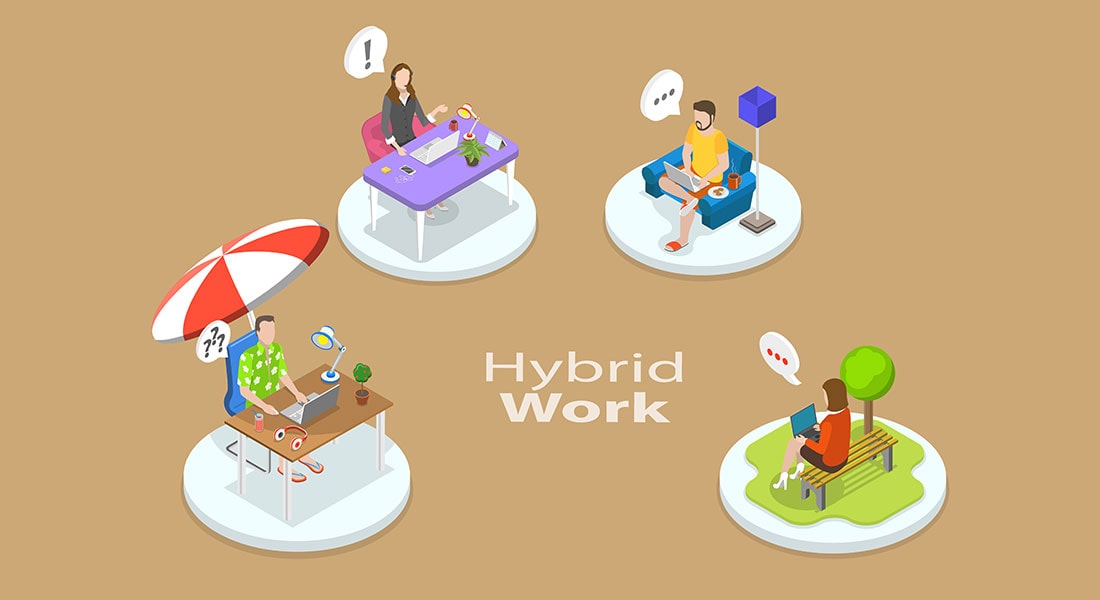What is Everboarding and How Is It Implemented? [Infographic]
Want to transform your onboarding process into a continuous learning experience, everboarding is a must for you. Read to know how you can implement it.

I n today’s fast-paced, quickly-evolving world of business, the traditional concept of onboarding is quickly becoming outdated. In today's fast-paced business environment, where skills evolve rapidly and information is constantly updated, a more continuous and dynamic approach to employee development is needed. And the solution is everboarding. It is a revolutionary strategy that transforms onboarding from a singular event into a lifelong learning journey.
In this blog, we’ll learn more about what is everboarding, how everboarding differs from traditional onboarding, the benefits of everboarding, and how you can implement it in your organization. Curious? Let’s begin!
What is Everboarding?
While onboarding lays emphasis on ensuring a good, nice start to the newcomers in the company. Everboarding goes beyond the first few weeks of employment. It's a holistic, ongoing approach to employee training and development that focuses on providing employees with the tools, resources, and opportunities they need to adapt, grow, and thrive throughout their entire career with the company. It recognizes that learning is a continuous process, not a one-and-done event.
→ Download Now: Instructional Design Strategies for Crafting Engaging Training Courses!
Difference Between Traditional Onboarding and Everboarding
|
Traditional Onboarding |
Everboarding |
|
Onboarding primarily focuses on getting new hires acclimated to the company culture, tools, and processes. Onboarding is often delivered in a structured, one-size-fits-all manner. Onboarding content is typically static, covering the basics of a job role. Onboarding primarily seeks to improve employee retention in the initial phase of employment. |
Everboarding takes a broader view, encompassing ongoing learning and development for all employees at all stages of their careers. Everboarding emphasizes personalized learning experiences, tailored to individual needs and roles. Everboarding incorporates a dynamic mix of content, including microlearning videos, on-the-job coaching, peer-to-peer learning, and opportunities to learn new skills as needed. Everboarding aims to foster long-term employee engagement, satisfaction, and performance. |
The Benefits of Everboarding
Companies that embrace everboarding stand to reap a multitude of benefits. Some of them are mentioned below:
- Increases Employee Retention: By continuously investing in employee development, everboarding keeps employees engaged and feeling valued, leading to lower turnover rates.
- Enhances Productivity: Employees equipped with the right skills and knowledge are more productive and effective in their roles.
- Improves Skill Development: Everboarding allows employees to continuously close skill gaps and acquire new skills relevant to their current and future roles.
- Boosts Innovation: A culture of continuous learning fosters innovation and creativity as employees experiment with new ideas and approaches.
- Stronger Employer Branding: A company known for its commitment to employee development attracts top talent and reinforces its position as a desirable employer.
How Can You Implement Everboarding in Your Organization?
Parting Thoughts!
Everboarding aligns with the modern-day idea and requirement of continuous learning to help employees stay on top of their game. It’s time to shift from the conventional idea of “one-and-done" onboarding to everboarding which facilitates continuous learning and growth. Ensure high-impact everboarding by designing engaging and learner-centric training courses with the help of instructional design strategies shared in the eBook below. Check now!







